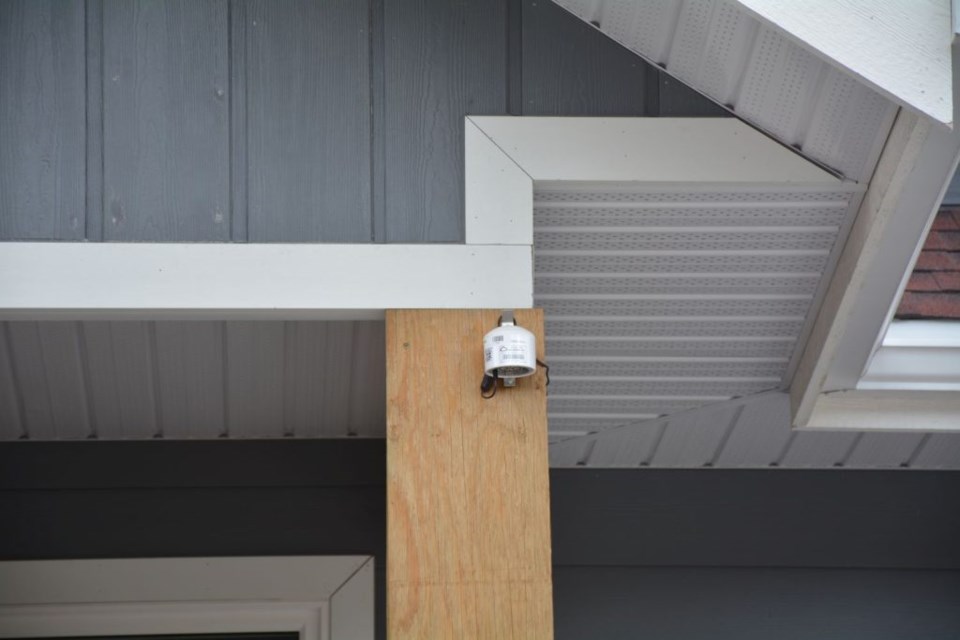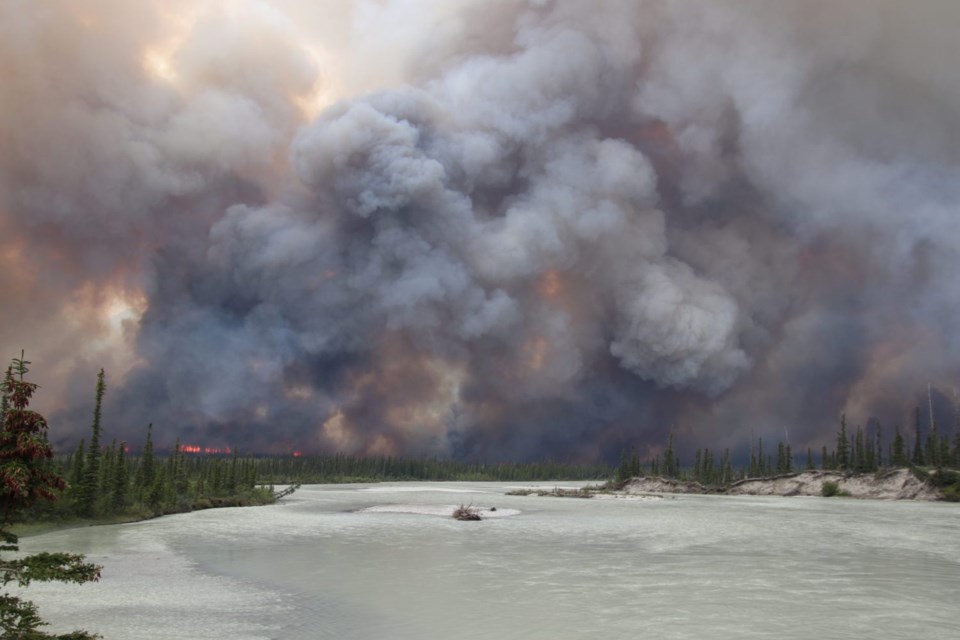Scott Hayes | [email protected]
Local Journalism Initiative Reporter
The town of Jasper is set to become the newest member of the West Central Airshed Society (WCAS) after municipal council approved the move during Tuesday’s regular meeting.
There was no debate on the matter as council approved it unanimously.
“The issue of air quality monitoring has been an item of concern for council,” said John Greathead, acting chief administrative officer, during an open discussion on the matter at the March 28 committee of the whole meeting. It was decided at that meeting to recommend it for council’s approval.
The membership fee is $1,500 per year, but that will be prorated because of the three months of 2023 that have already passed. This will enable the WCAS to collect and report data affecting Jasper.
An airshed is a geographical area where the air is subject to similar conditions of air pollution throughout it. There are 10 airshed societies throughout the province, now representing 90 communities.
The WCAS itself is an impartial non-profit organization that represents communities from the British Columbia border to the Wabamun Lake area.
With the membership comes the understanding that it will help Jasper to better understand its air quality issues and help it deal with emergent issues.
In mid-September 2021 – a year before the Chetamon Wildfire – council directed town administration to apply for a Purple Air monitoring system through the WCAS. These white plastic dome-shaped units are approximately the size of a tub of yoghurt and transmit data live to Purple Air’s website. They record and report particulate matter levels and give a basic level of the Air Quality Health Index (AQHI) over a 10-minute average.

Although they do only a fraction of the job that a full-sized air monitoring station would do, the town’s two Purple Air monitors did demonstrate how poor the air quality was in September 2022.
That month, the Chetamon and other wildfires caused a peak of close to 170 micrograms of particulate matter sized 2.5 microns or less in width per cubic metre (also know as PM2.5).
These particles are so tiny that they can get deeper into the lungs and accumulate in a person’s respiratory system, enough to cause significant health damage, according to Alberta Environment and Protected Areas.
During his committee of the whole presentation, Greathead explained that air quality has been presented as a matter of concern, especially during wildfires. Jasper needs to have better tools to predict large-scale air quality issues especially as the risk of these wildfires is getting higher and higher, he said. The WCAS works on an economy of scale to grow its efforts to promote better air quality for its members.
“With more members that are participating, they are able to get better and better overall prediction and awareness of what's going on in a larger context,” Greathead said.
An air quality monitoring station is a trailer-sized unit with sensors and analyzers for various pollutants plus data loggers and meteorological monitoring equipment. They monitor for nitrogen dioxide, ground level ozone and fine particulate matter, which are the three parameters of the Air Quality Health Index.
Hinton has two such stations. Its data, along with those of its other member communities, can be viewed on the society’s website at www.wcas.ca by clicking on “live air data.”




